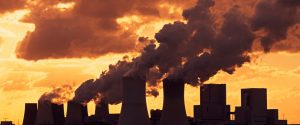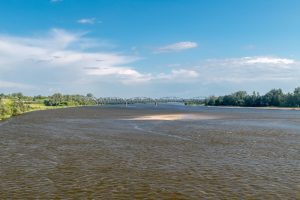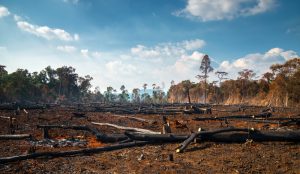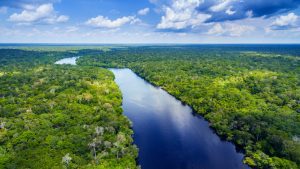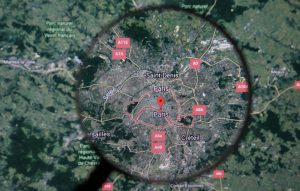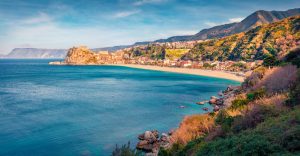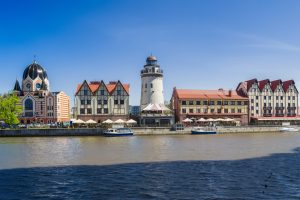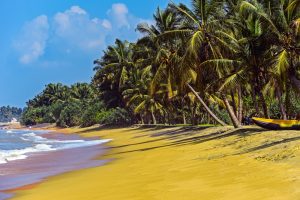Forests are one of the earth’s greatest and most important gifts. More than two billion people depend on them for basic needs.
Forests provide more than just food and shelter – they are beneficial in fighting climate change by storing carbon dioxide and improving the water supply.
Not only do people need forests, but animals do too for a place to live and thrive. Forest-rich countries benefit from a variety of wildlife living within them.
The question is – which country has the largest forest area in the world?
According to the 2020 data, Russia has the largest forest area with 815 million hectares. Russia is followed by Brazil with 497 million hectares and Canada with 347 million hectares.
In this article, we curated a list of the top 10 countries with the largest forest area. Check out the full list below.
Table of Contents
1. Russian Federation – 815 Million Hectares
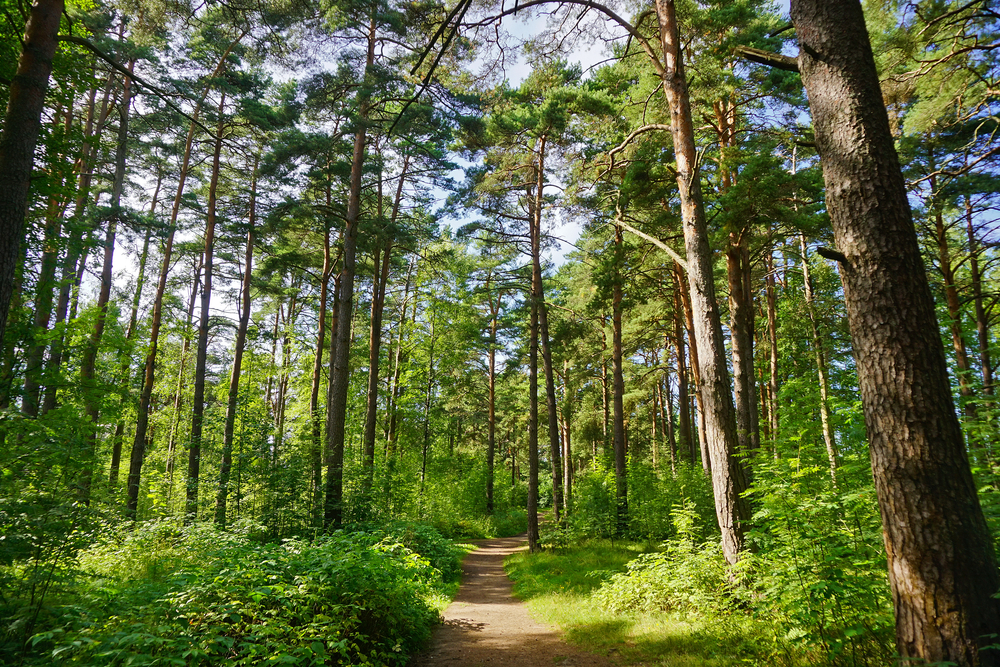
Russia has the largest forest area in the world with a total area of 815 million hectares, which is estimated to be about a fifth of the total forest area in all countries combined.
In addition, its forest area is almost half of the total land area of the country. As per the Forest Fund of Russia, the forests of the country are grouped into four categories: waterproof forests, field forests, reserve forests, and recreational forests.
You can find boreal forests, semi-tundra larch forests, and forest-steppe and steppe forests, as well, to name a few. Its boreal forests are the largest on earth, which is about 12 million km2.
It is home to a large population of animals, including red fox, wolverine, brown bear, the Golden eagle, and Siberian Spruce grouse.
2. Brazil – 497 Million Hectares
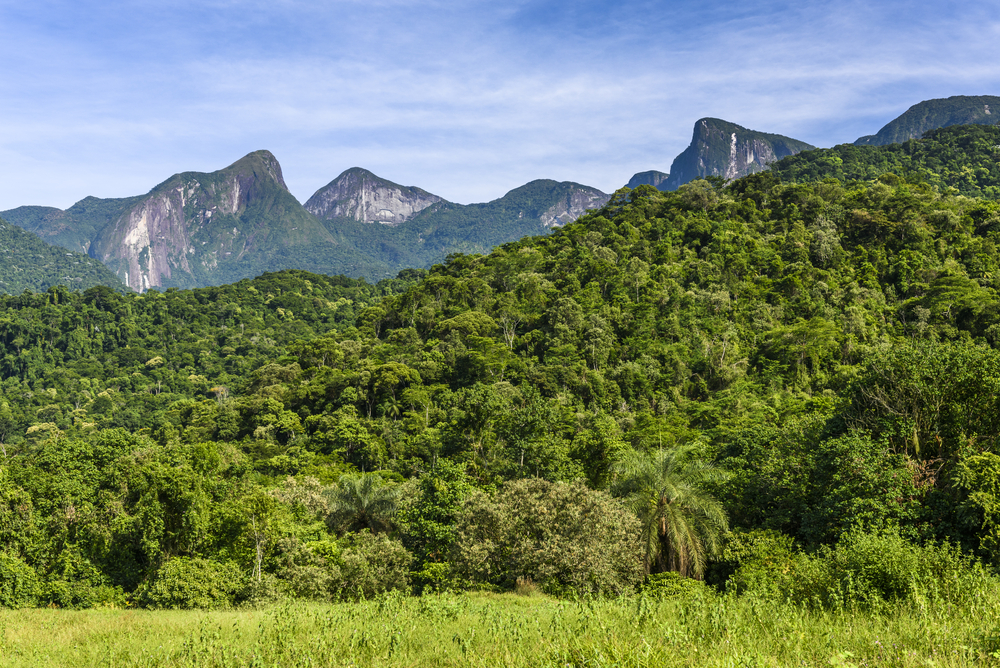
Brazil’s land area comprises approximately 58% forested area, which is about 497 million hectares.
It holds one of the most famous and largest forests on earth, the Amazon rainforest. Aside from the Amazon rainforest, the other types of forests found in the country are the Atlantic rainforest, arid ‘caatinga’, central ‘cerrado’ savannah, and the wetlands of the Pantanal.
The country has allocated 63.8 million hectares of forest area for production. Forests in Brazil can be publicly owned or bought by companies for private ownership.
Of the total forest area, approximately 61% is for the public and about 20% is under private ownership.
3. Canada – 347 Million Hectares

About 50% of Canada’s land area is covered by forests, which is approximately 347 million hectares.
The forests of Canada are divided into eight regions: Acadian Forest Region, Boreal Forest Region, Coast Forest Region, Columbia Forest Region, Deciduous Forest Region, Great Lakes-St. Lawrence Forest, Montane Forest Region, and Subalpine Forest Region.
The Boreal Forest Region is the largest forested area in Canada, which is about 80% of the total forest area.
The Canadian province with the largest total forest area is Quebec, with 73,360 thousand hectares.
Quebec is followed by Ontario with 53,758 thousand hectares, British Columbia with 57,910 thousand hectares, and Northwest Territories with 28,352 thousand hectares.
Of the total forest area, approximately 50% is designated for legal logging.
4. The United States – 310 Million Hectares
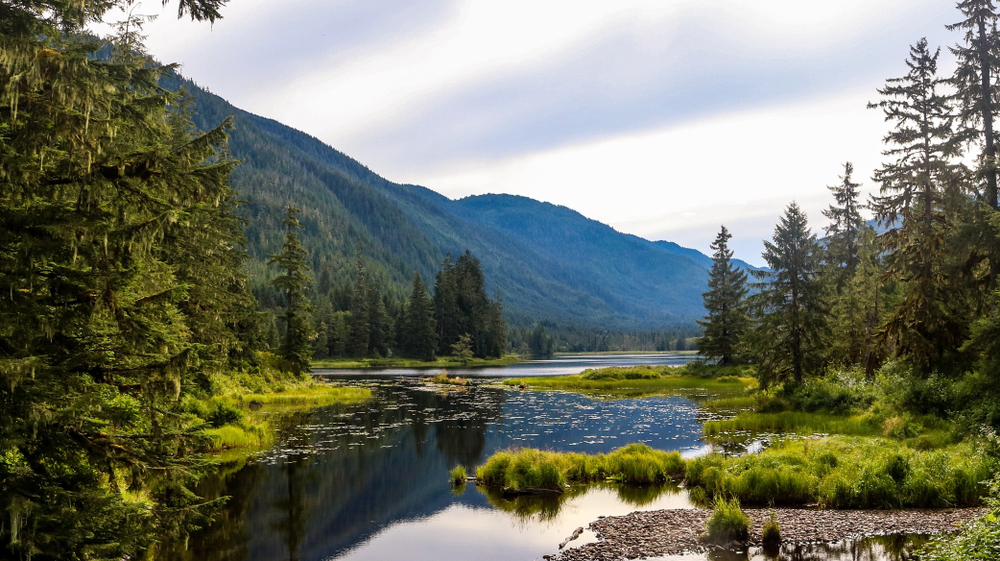
The United States has 310 million hectares of forested lands, approximately a third of the total land area of the country.
American Samoa, Maine, New Hampshire, the Northern Mariana Islands, and West Virginia have the most forested areas.
The types of forests found in the country are tropical forests, temperate forests, and taiga forests.
Tropical forests are generally located in the southern region, whereas temperate forests are in the northern regions.
The country is home to 154 national forests, of which the Tongass National Forest is the largest in the country.
The Tongass National Forest covers an area of 16,748,360 acres in southeast Alaska.
5. China – 220 Million Hectares
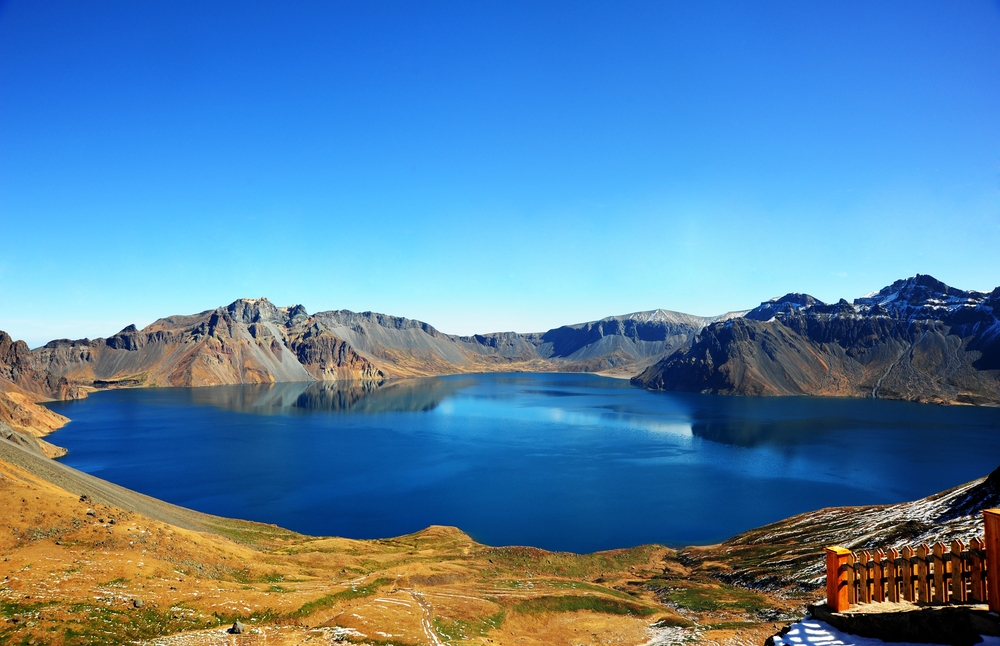
China’s 220 million hectares of forested area is distributed across several forests in the country, including the Greater Hinggan, the Lesser Hinggan, the Changbai Mountain, the Xishuangbanna Tropical Forest, the Shennongjia Virgin Forest, and the Wuyishan Mountain.
The Greater Hinggan covers a forest area of 15 million hectares and holds the largest pine forest in the country.
The major source of wood supply is from the Lesser Hinggan, with a total forest area of 11 million hectares.
You can find the largest natural flora reserve in the Xishuangbanna Tropical Forest with approximately 4,000 advanced flora and 100 rare trees.
The country holds more than 2,800 tree species that benefit many threatened animals including the giant panda and snow leopard.
6. Australia – 134 Million Hectares
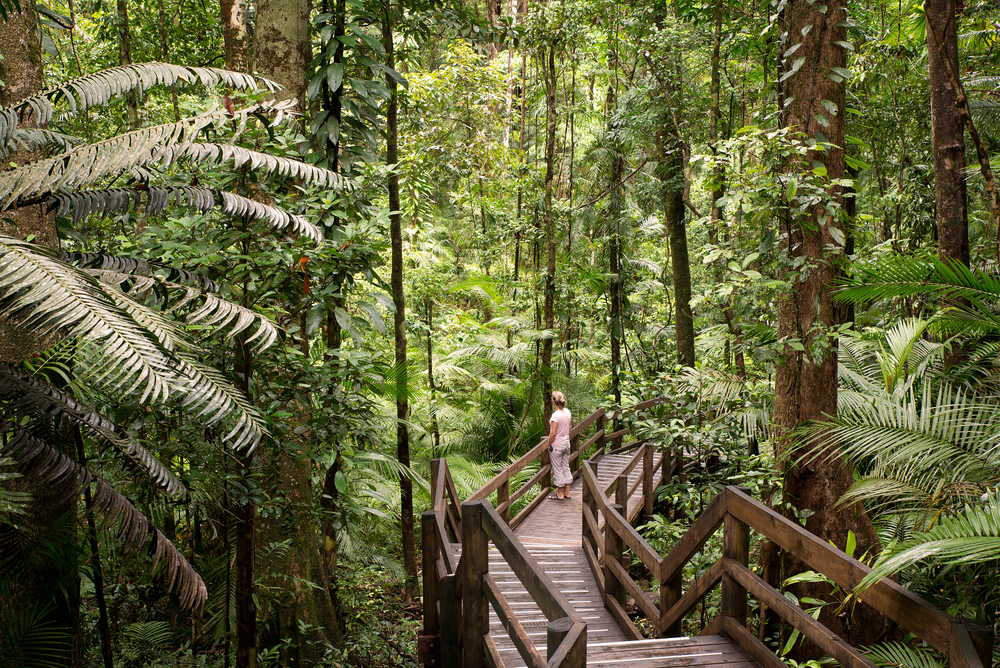
Approximately 17% of Australia’s land area is covered with 134 million hectares of forest, which is about 3% of the world’s total forest area.
Australia’s forests are categorized into eight types of forests: rainforest, minor native forest, mangrove, melaleuca, eucalypt, casuarina, Callitris, and acacia.
The largest rainforest in Australia is the Daintree Rainforest, spanning an area of about 1,200 sq km.
Approximately 98% of Australia’s forests are Native forests, whereas 2% are commercial plantations.
Some of the most remarkable forests in the country are Alpine National Park, Brown Mountain Forest, Central Highlands (Victoria), and Mount Buffalo National Park.
Of all the Australian states, Queensland has the largest forest area with 51.8 million hectares of forest.
7. The Democratic Republic of the Congo – 126 Million Hectares
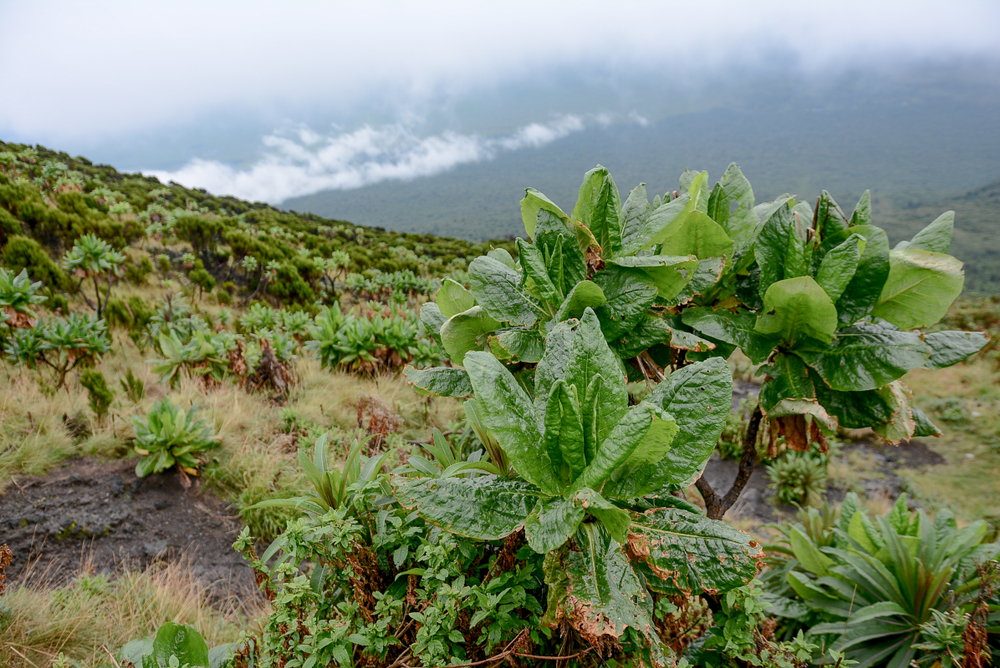
The forests of the Democratic Republic of the Congo cover an area of 126 million hectares. It is teeming with life as it hosts over 400 mammal species, 1,117 bird species, and 10,000 plant species.
The second-largest rainforest, the Congolian rainforest, is situated in the country with an area of more than 2,000,000 km2.
The forests in the country are categorized into six ecoregions: the Atlantic Equatorial coastal forests, Central Congolian lowland forests, Eastern Congolian swamp forests, Northeastern Congolian lowland forests, Northwestern Congolian lowland forests, and Western Congolian swamp forests.
These forests are included in the list of Global 200 of the World Wide Fund for Nature (WWF), a list of ecoregions prioritized for conservation.
Approximately 40 million people heavily depend on these forests for sustenance, resources, and fuel.
8. Indonesia – 92 Million Hectares
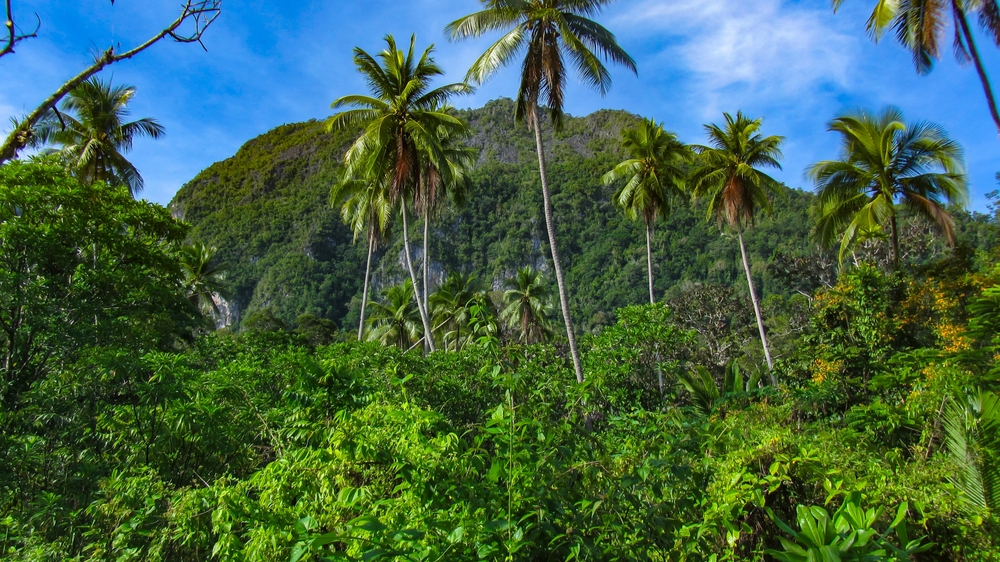
More than half of Indonesia is forested, spanning a forest area of 92 million hectares. It hosts approximately 15% of the world’s plants and animals.
Some of the largest forests are found in eight provinces of Indonesia, including Papua, Central Kalimantan, East Kalimantan, Riau, West Kalimantan, Maluku, Central Sulawesi, and South Sumatra.
Papua is located on Papua Island and has the largest forest known as the Papuan forest, spanning an area of 40 million hectares.
The next largest forest area is in Central Kalimantan (15 million hectares), followed by East Kalimantan (14 million hectares), and Riau (9.4 million hectares).
Indonesia has several types of forests, including coastal, tidal, heath, peat, wetland, bamboo, savannah, and evergreen.
Almost half of the forest area is designated for timber and forestry production and only 35% are classified as protected areas and national parks.
9. Peru – 72.3 Million Hectares
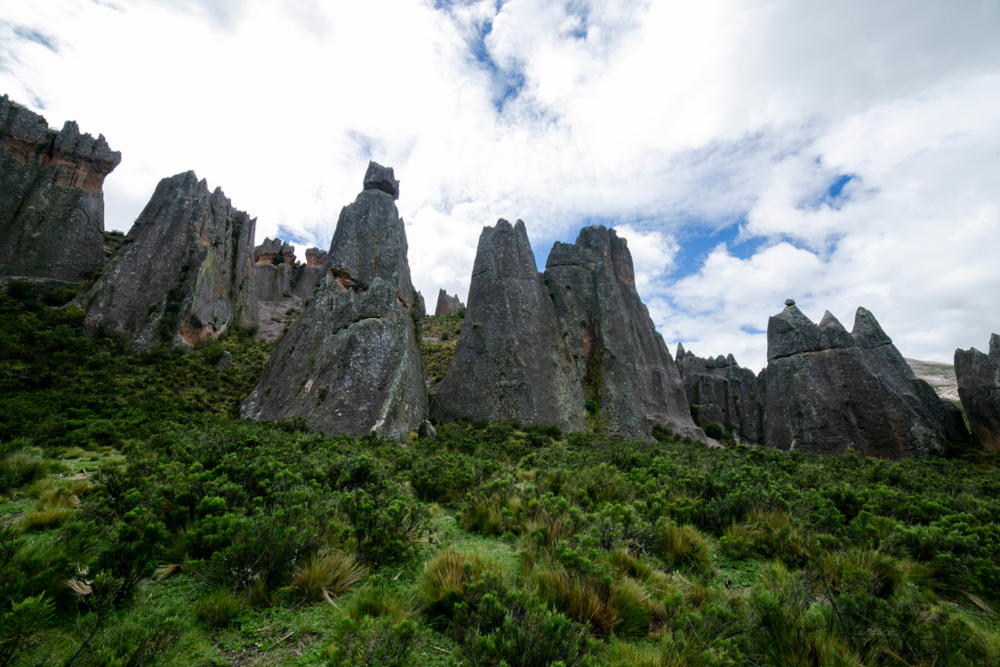
Peru is composed of mostly closed-canopy broadleaf tropical forests. It has approximately 72,330 thousand hectares of forested areas, of which 83% are publicly owned.
Almost 18 million hectares of forest area are allocated for production.
Approximately 68 million hectares are tropical rainforests home to about 7% animal species and 6.3% plant species.
Aside from rainforests, Peru also comprises arid and semi-arid forests and semi-humid forests.
You can also find some of the most impressive stone forests in the world such as Pampachiri, Cumbemayo, and Huayllay.
10. India – 72.1 Million Hectares
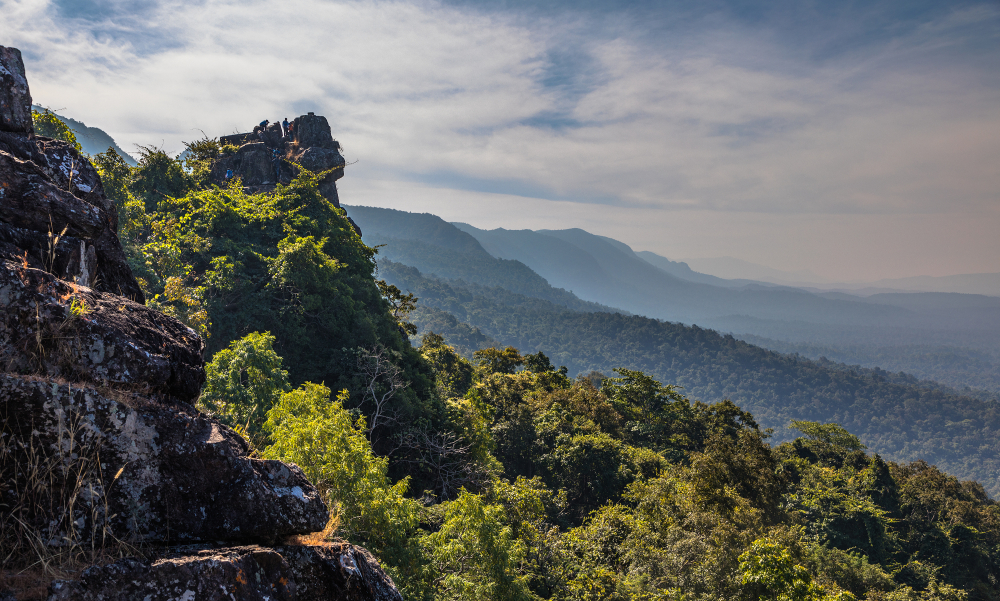
India has some of the most forest diversity in the world, including tropical evergreen forests, tropical deciduous forests, tropical thorn forests, subtropical broadleaved hill forests, montane wet temperate forests, and Himalayan temperate forests, to name a few.
These forests possess some of the rarest flora and fauna, including 47,000 plant species. The largest forests are found in Madhya Pradesh (77,462 sq km), Arunachal Pradesh (67,248 sq km), Chhattisgarh (55,586 sq km), Maharashtra (50,628 sq km), and Odisha (50,354 sq km).
The oldest forests in the country are tropical rainforests where coffee, bananas, and mangoes are commonly grown.
You can find the largest elephant population in the world in Arunachal Pradesh, where over 2,000 elephants relocate in the forest annually.
India is also home to approximately 90,000 animal species and more than 4,000 mammal species.





